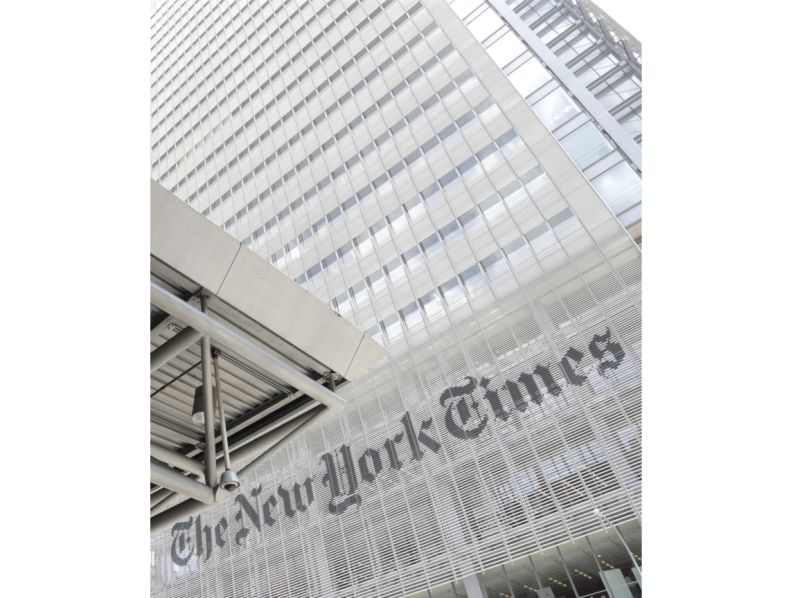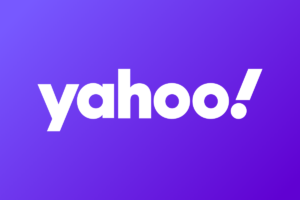
<p class="canvas-atom canvas-text Mb(1.0em) Mb(0)–sm Mt(0.8em)–sm" type="text" content="That’s the word from Meredith Kopit Levien, who made her first public appearance as the new chief executive officer of The New York Times on Tuesday at the virtual Goldman Sachs annual Communacopia conference.” data-reactid=”20″>That’s the word from Meredith Kopit Levien, who made her first public appearance as the new chief executive officer of The New York Times on Tuesday at the virtual Goldman Sachs annual Communacopia conference.
<p class="canvas-atom canvas-text Mb(1.0em) Mb(0)–sm Mt(0.8em)–sm" type="text" content="More from WWD” data-reactid=”21″>More from WWD
<p class="canvas-atom canvas-text Mb(1.0em) Mb(0)–sm Mt(0.8em)–sm" type="text" content="Explaining The Times’ decision to quit Apple News in late June after several years as a member, she said it became a “replacement product,” with it failing to build direct relationships between The Times and paying readers.” data-reactid=”28″>Explaining The Times’ decision to quit Apple News in late June after several years as a member, she said it became a “replacement product,” with it failing to build direct relationships between The Times and paying readers.
“We see an opportunity to actually bring people to destination New York Times for a full look at the news,” she continued.
<p class="canvas-atom canvas-text Mb(1.0em) Mb(0)–sm Mt(0.8em)–sm" type="text" content="In contrast to Apple News, The Times is sticking with Facebook News — for now. The social media giant began rolling out its news tab in the U.S. on its mobile app in October 2019 and pays some but not all publishers licensing fees.” data-reactid=”30″>In contrast to Apple News, The Times is sticking with Facebook News — for now. The social media giant began rolling out its news tab in the U.S. on its mobile app in October 2019 and pays some but not all publishers licensing fees.
“I think we’re probably a year into [the Facebook News tab] and that was a careful, deliberate choice for us to participate and we chose to participate because they essentially said, ‘we are establishing a space for a particular level of quality news providers. We’re going to pay the providers to be there and we’re going to pay a fair amount for them to be there and ultimately that news tab is going to feed your funnel’,” she said. “It’s going to drive people directly to The Times so in that instance it makes sense for the Times to participate and we feel good about that participation.”
Kopit Levien noted that she thinks about all the platforms differently because they play different roles in the news ecosystem, but broadly it’s about what they can do for original journalism and that the creators “are able to realize the value of doing the work.”
As for the prospect regulation of the relationship between platforms and news organizations, Kopit Levien said it’s a “really complex topic.” “I think we don’t know where that’s all going to go. We don’t know how the story ends on regulation.”
Most notably, Facebook could block local and international news sharing on its platform in Australia if the government forges ahead with plans to change the financial arrangements between publishers and online platforms.
The Times is putting much of its energy into increasing subscriptions as the pandemic weighs heavily on advertising. So far, it’s having success. Paid digital-only subscriptions totaled about 5.7 million in the second quarter, representing a record net increase of 669,000 compared with the end of the first quarter and a rise of 1.89 million from a year earlier. It now has about 6.5 million subscriptions across its print and digital products.







